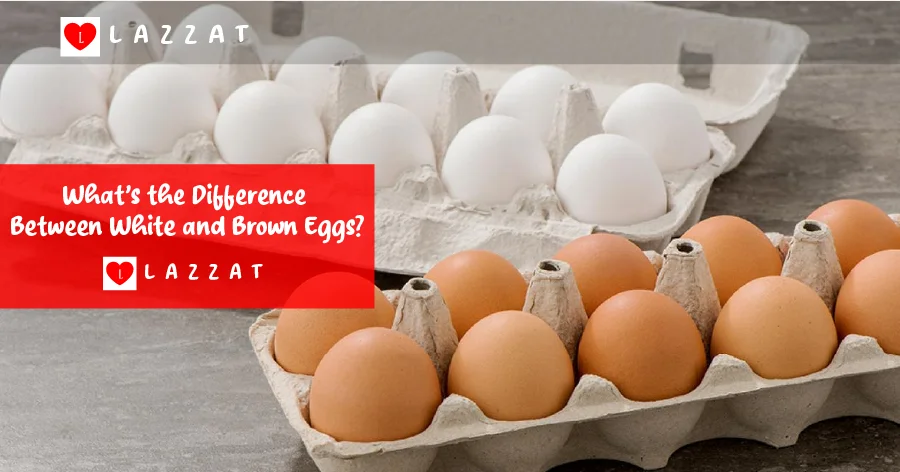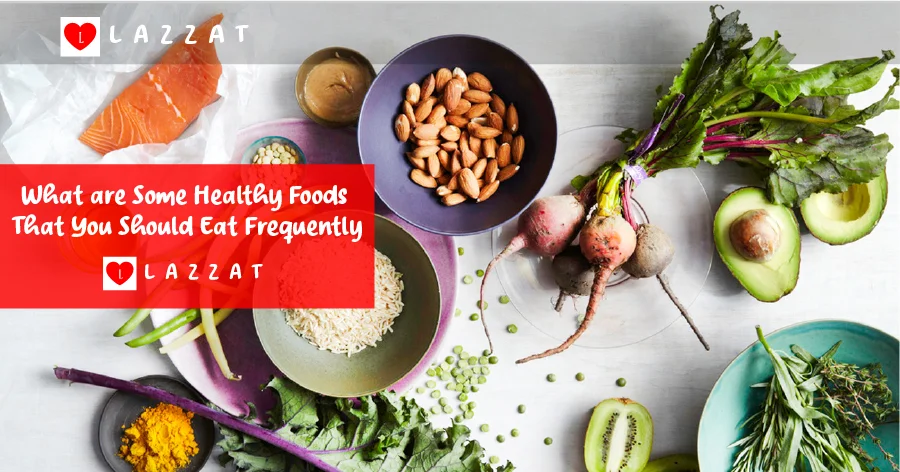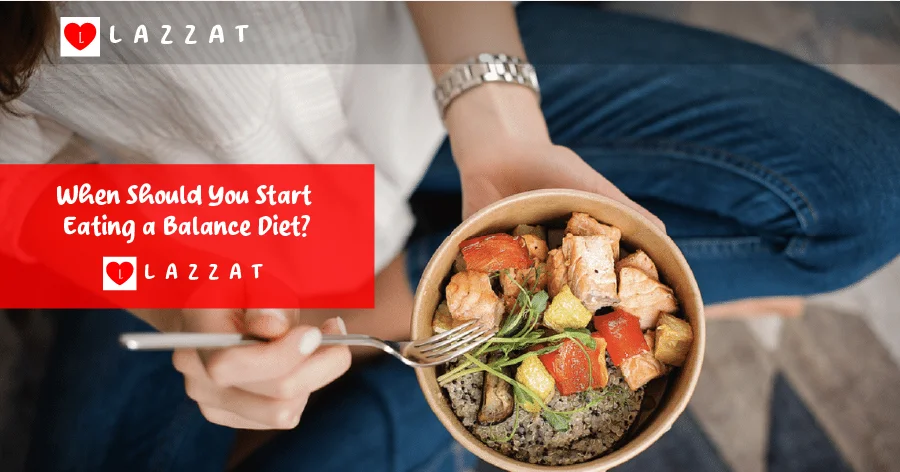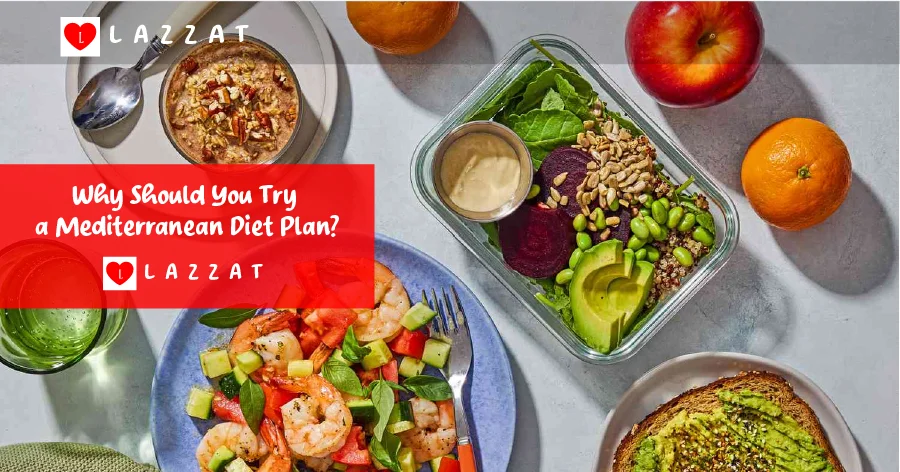Can Bread Flour Be Used For Cookies?
The type of flour you choose can change how your cookies turn out. All-purpose flour is common for cookies, but can bread flour work too? This guide will look at the differences between bread flour and all-purpose flour. It will also talk about how they affect cookie texture and how to adjust recipes for the best results with bread flour. […]
Read More









